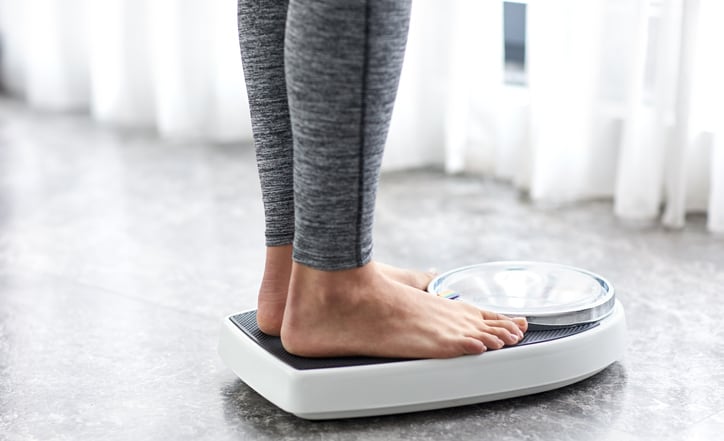Seung-min Park, PhD, of Stanford University presented what is the best known of the three technologies — the smart toilet. Best known not just because it is an attention grabbing idea in and of itself, but also because it was featured by comedian Stephen Colbert on his Colbert Report show.
Colbert Report star turn for smart toilet
Colbert made a few jokes at the toilet’s expense when the idea was first made public in 2019. Park didn’t seem find the humor quite as funny as the audience did. But while he and his team have had to put up with being the butt (pun intended) of a few jokes, the exposure they gained was surely greater than any scientific publication will ever attract.
Park and his team wanted to find a way to gather data on the makeup of people’s stools in real time and get around the big hurdle of having to ask people to collect their own stool samples. The toilet uses video capture of the stool as it falls into the toilet to assess the ‘health’ of the stool as ranged against the Bristol stool scale. Park said the toilet will also feature automatic sample collection.
Early versions of the technology were planned to rely on an image of the anus as an identifier—they’re all unique, as it turns out. This was one of the aspects of the technology that particularly tickled Colbert’s funny bone. However, the latest plans are to use a thumbprint sensor on the flush lever to determine whose stool is being assessed.
Smart sensor using bioluminescence
Another new approach for data collection was presented by Maria Eugenia Inda, PhD, of the Massachusetts Institute of Technology. Inda and her team have developed an innovative capsule-like device that can detect target molecules within the gut and relay that information to a smart phone.
The sensing technology makes use of the phenomenon of bioluminescence. Bacteria are engineered to light up when they contact the molecule they’ve been coded for — a marker of inflammation, say. The cells are housed within tiny chambers that are lined with photo sensors to detect the light emitted by the excited molecules. That information is gathered in a central bit of electronics that includes a short range transmitter that relays the information to the phone.
The technology has vast implications, both on the diagnostic and therapeutic side. In inflammatory bowel disease, for example, the chronic inflammation associated with the condition is hard to pinpoint. And many of the key mediators of the disease, such as nitric oxide and hydrogen sulfide, have very short half lives. Nailing down the presence of these markers where and when they are appearing could be of enormous benefit.
“We are using biology to sense biology,” Inda said. “The other option is with a biopsy, but that is very invasive.”
An anoxic platform for strain ID
The third presentation by Vincent Thomas, PhD, head of the microbiome program at BioAster, a French biotechnology development firm. Thomas laid out the company’s innovative approach to identifying new strains (both potential new therapeutic candidates as well as possibly harmful ones) from a sample using a flow cytometry approach.
BioAster’s innovation was to conduct this analysis within a glove box filled with nitrogen to make it possible to analyze anoxic bacteria without killing them. The device can both detect strains of interest while also giving the researcher the option to collect samples in a dish or on a slide in real time.
It’s all part of the company’s so-called ‘anoxic platform.’ Thomas said the company calls the approach ‘targeted culturomics.’




